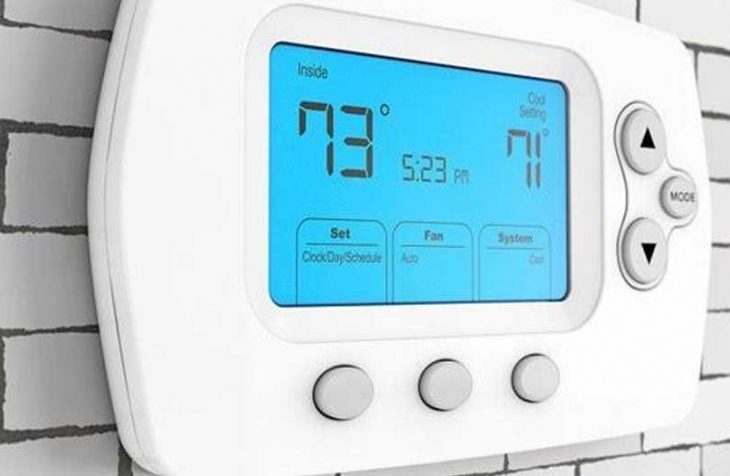Types of Thermostats – The Complete Buying Guide
When shopping for a thermostat, you might have come at crossroads at choosing what is compatible with your HVAC system, looks adorable, and will actually save you a lot on energy bills. With many types of thermostats available in the market, making the ultimate decision is harder than you can think. However, that is the reason why I created this website, and this post is your crucial guide to differentiate between the different types of thermostats.
In this post, I’m not going to focus on the brands since I have already done that in my other comprehensive reviews. If you haven’t read yet, please check out our list of the best thermostat brands. Rather, I will focus on the technology behind the functionality of these gadgets. I feel this would give you a grip on what to expect before you fall for the brand of your choice, be it Honeywell or the stylish Ecobee3.
Before I narrow down to the types, I would like to bring it to your attention that there are basically two major categories that thermostats are split into line-voltage and low-voltage.
In this setting, the thermostat is usually installed in series with the HVAC and operates at 240V. Being in series means that power has to pass through the thermostat and into the heating and cooling system.
The main problem with such a setting is that the current can overheat the device causing it to reach the room temperature and shut down even though the room itself wouldn’t have attained that temperature.
On the other hand, low voltage thermostats operate between 24V and 50V and are normally used in central heating and cooling systems that use electricity, oil, or gas. These thermostats are efficient and accurate in addition to having programmable controls.
Based on the type of HVAC system you have, you should now be able to choose between a line-voltage and a low-voltage thermostat. Once you have done that, you have to know the most appropriate wall device for your home. The criteria I have used below categorizes the mechanism and general look of the thermostats. It should come in handy in your bid to get the right thermostat for your home.
Types of thermostats
Programmable Thermostats
Programmable thermostats adjust the temperatures automatically based on preset preferences. You can set the thermostat to turn the HVAC off when you are off to work or in bed, and turn it on in the mornings or when you are back from work. This feature allows programmable temperature sensors to help you save quite a lot in energy bills. Some allow presetting a temperature pattern that would be repeated on a daily basis while others allow adjustment of the temperature difference on different days of the week.
Non-Programmable Thermostats
Non-programmable thermostats require human intervention to adjust the temperature settings. They are inexpensive but don’t do much to help reduce energy bills. You have to turn the heater or cooler on when needed and tend to keep it that way until you adjust again. With non-programmable thermostats, the only thing that you get is the convenience of having to adjust temperatures from a central location.
Wireless Thermostats
Wireless thermostats give you the ability to adjust temperature levels from wherever you are. Although a little pricey, they deliver exceptional functionality compared to the other types and have additional features like humidity detection. If you have one of these, you will definitely save a lot on energy bills given that you can adjust the temperature or shut the HVAC on or off wherever possible. They are also useful if you have pets or the elderly in your home.
Mechanical Thermostats
Mechanical thermostats are the earliest version of thermostats, which make use of a bimetallic strip to detect and adjust the temperature. These thermostats are ineffective, especially because the strip always responds very slowly to temperature adjustments hence causing stark variations.
Touch Screen Thermostats
The touch screen technology eventually found its way in the HVAC field through touch screen thermostats. These thermostats feature a screen with controls instead of manual buttons like the old programmable versions. Most of them are beautiful and can light up in different colors, meaning that they can double up as home décor. They are easy to operate and come equipped with additional features.
Smart thermostats
Smart thermostats learn your temperature preferences throughout the day and take up the task of adjusting it automatically for you. You will have to adjust them manually over a couple of days and they will take over the task. They also sense when there is no movement in the house and adjust the temperature low or turn the HVAC off. They can be connected to remote sensors to adjust the temperatures of each room individually and also make use of remote sensors.
There are other types like the outlet thermostat, which is used for portable heating and cooling systems, which comes in handy in outdoor events. Most of the thermostats can double up these features for better performance. For example, a smart thermostat can have a touch screen, among other combinations.
I believe that this guide has been helpful. If so, please check out the types of thermostats available on sale and choose the best fit for your home or commercial premises.
